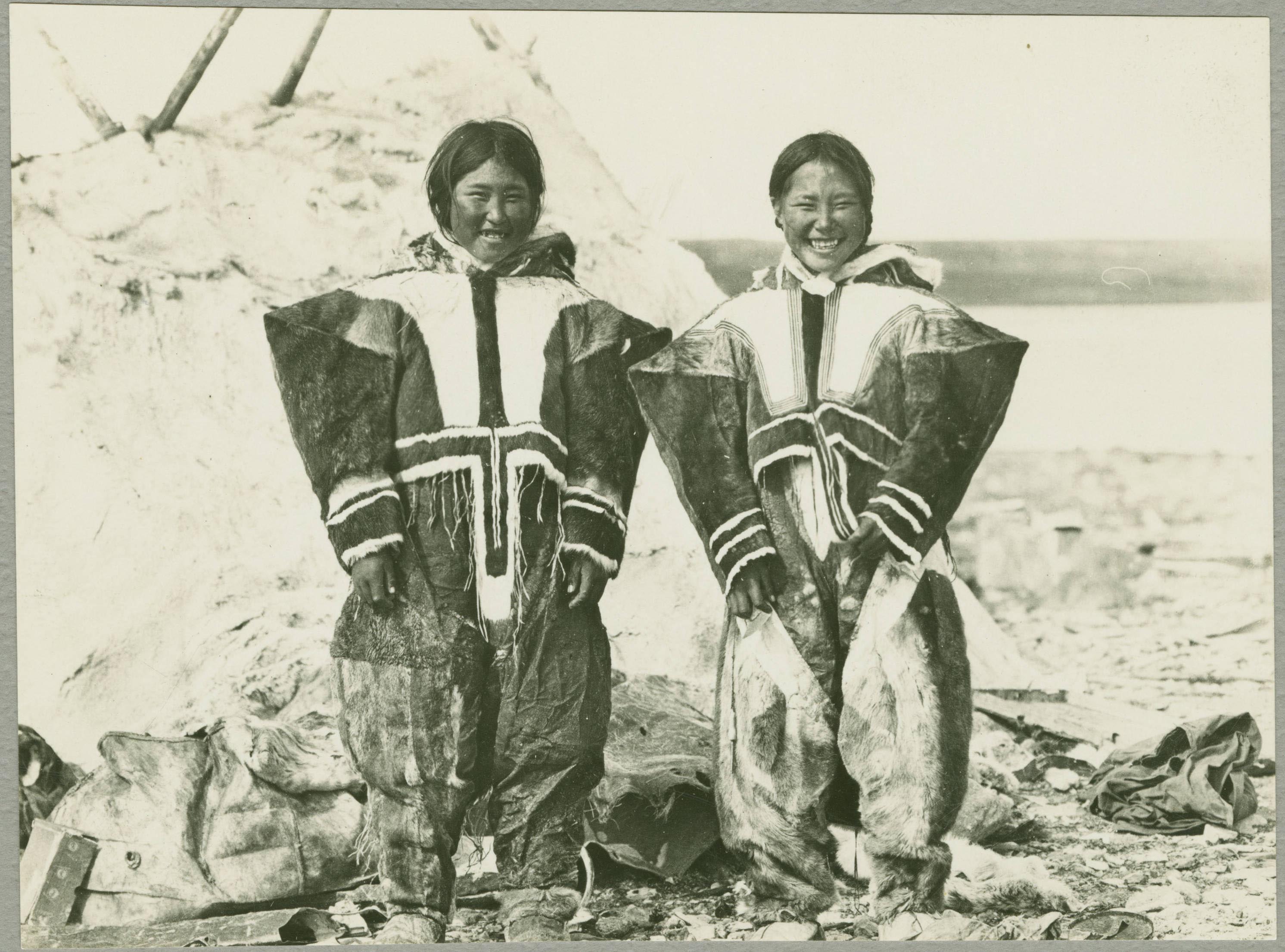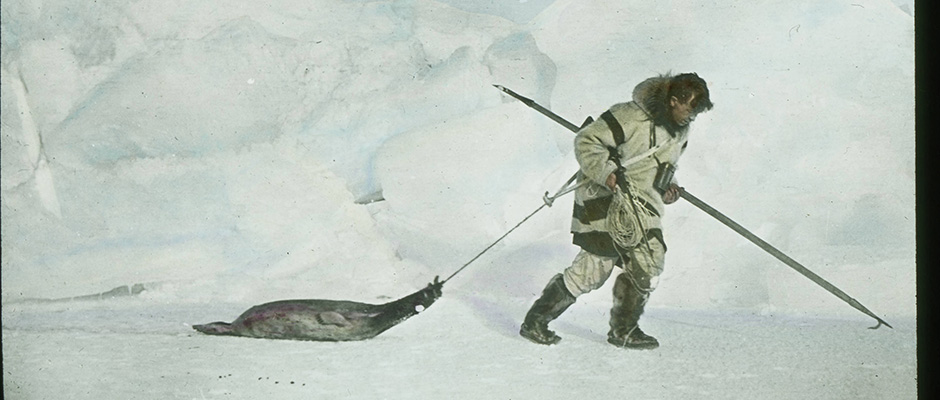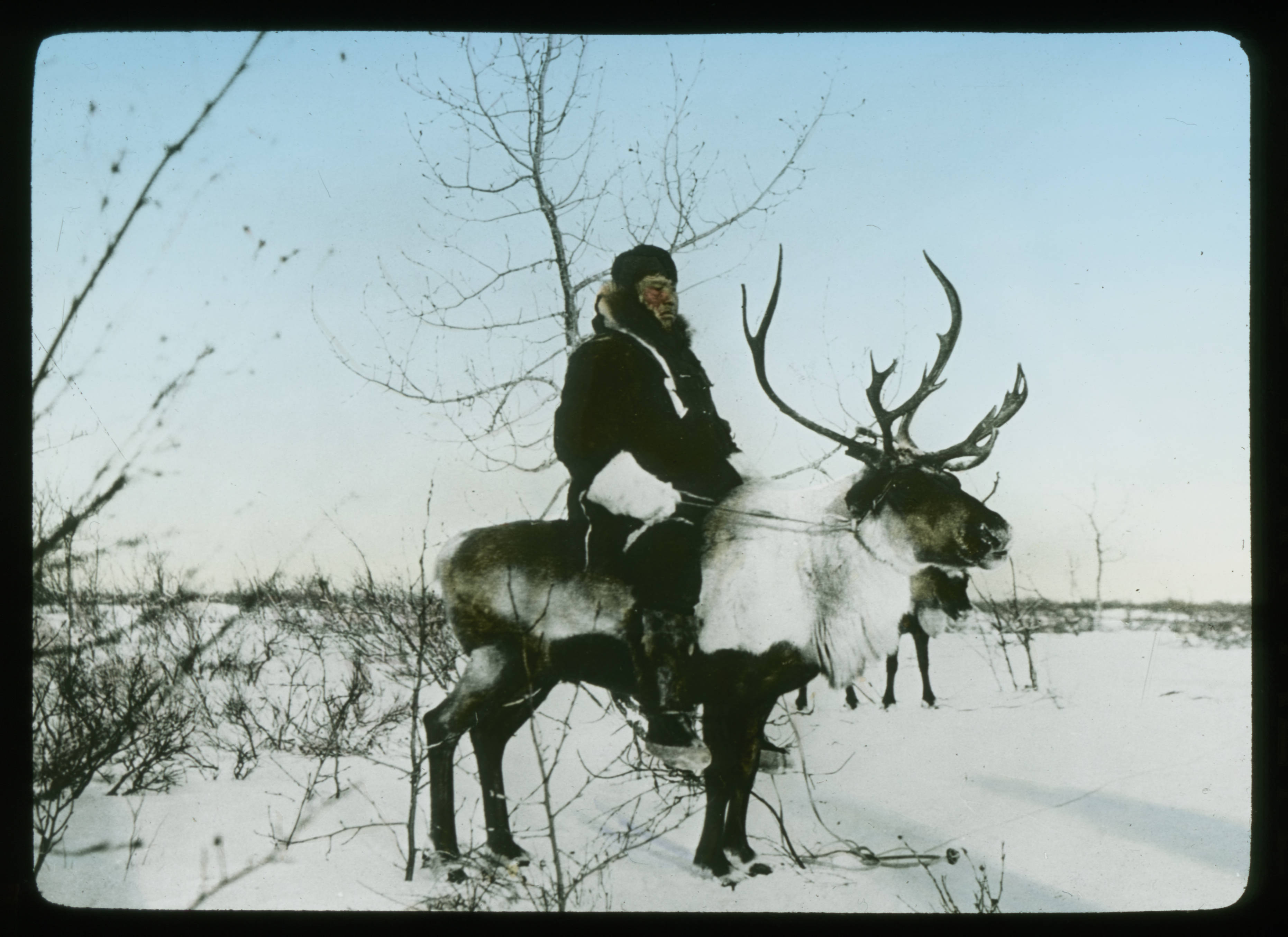1,200 Photographs
Vilhjalmur Stefansson was an Arctic explorer, promoter, and teacher who made expeditions above the Arctic Circle between 1906 and 1918. Documentation from these explorations including diaries, notes, scientific experiments, letters, and photographs.
Search and browse photos

The Stefansson collection of photographs consists of over 1,200 black and white images primarily from the Canadian Arctic Expedition (1913-1918). Images dating between 1913 and 1916 were taken by Canadian Arctic Expedition photographer Sir George Hubert Wilkins.


